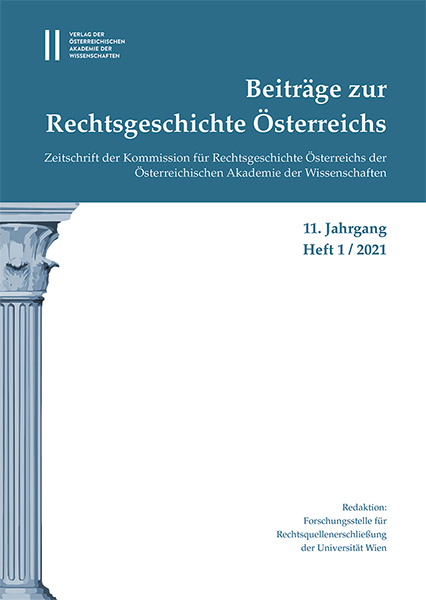
Beiträge zur Rechtsgeschichte Österreichs 11. Jahrgang Heft 1/2021, pp. 119-149, 2021/05/12
The timeframe for the prosecution of Nazi crimes was limited in Austria by extinctive prescription. In the late 1960sand early 1970s, only the last and most severe crimes were still punishable and hardly any Nazi trials took place. Inthe few trials, the juries reached a number of scandalous acquittals, which caused international outrage and criticism.On the other hand, the Austrian population was not interested in dealing with the Austrian participation inthe atrocities committed during the Nazi regime. There was also agreement in politics to ‘put the past behind’.Against this background, the new Austrian Criminal Code (StGB) entered into force on 1st January 1975. Unrecognizedby the international community, the Austrian media, the population and even most politicians and legalscholars, it contained provisions (§§ 61, 62 and § 65 StGB) which led to the sudden prescription of most of the stillpunishable Nazi crimes. In the following article, the development of sections 61, 62 and 65 of the Austrian CriminalCode and their effects on the possibility of prosecuting Nazi crimes in Austria will for the first time be examined. Inaddition, it will address the question whether the de facto ‘amnesty of Nazi murderers’ brought by the new CriminalCode was planned or merely a legislative accident.
Keywords: Criminal Code 1975 ‒ extinctive prescription – hidden amnesty – Nazi trial